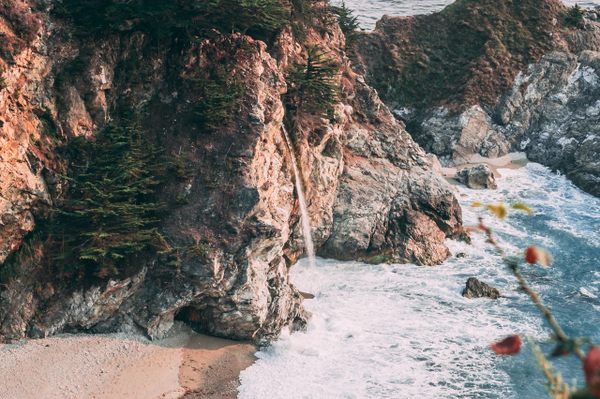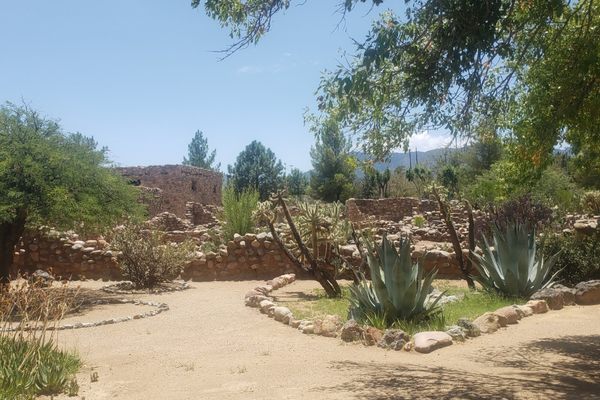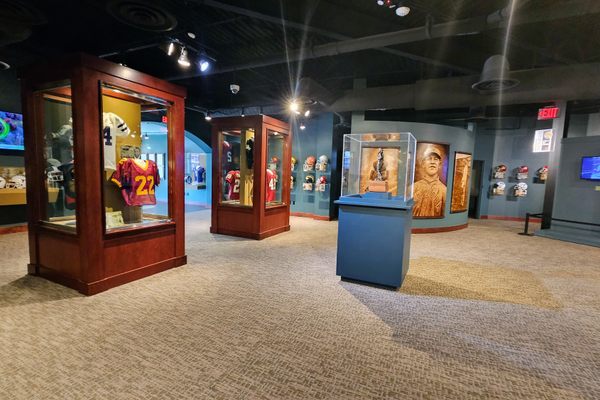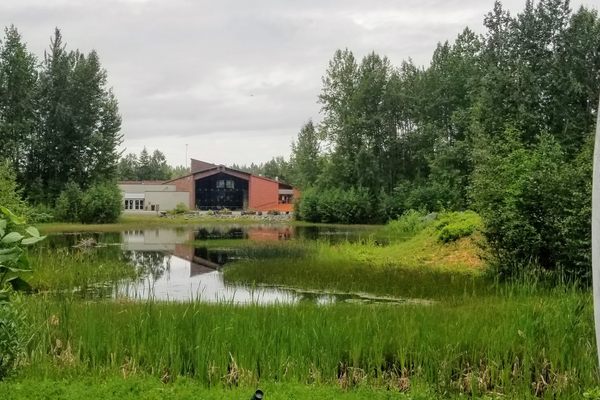AO Edited
Los Coches Adobe
This historic home has survived wars, drought, and financial woes to become a California landmark.
It would be easy for a place like Los Coches Adobe, an 8,794-acre land grant in Monterey County, to be forgotten. One of the few remaining buildings on the land is veiled by rows of tall locust trees, giving it a hint of mystery. But the land, the house, and even the trees hold onto an important history.
The land now known as California was created in a few ways. There were, of course, the Indigenous people like the Amah Mutsun and the Ohlone, who called the area home for thousands of years. But later years, particularly between 1775 and 1846, the Spanish and Mexican governments, who had both laid claim to the land, began awarding land grants. The grants made under Spanish rule were given to former soldiers, and the later Mexican grants were given to Mexican citizens and were usually around 14 square miles. Spain awarded 30 land grants between 1784 and 1821, and Mexico around 270 land grants between 1833 and 1846. In 1841, two parcels were given to Maria Josefa Soberanes.
Maria was the daughter of a prominent local family. Her father, Jose, was a soldier who had come to the state with the Portolá expedition, a Spanish mission in 1769 that explored what would become California. He’d received two land grants of his own, and was a successful and wealthy rancher. When Maria announced that she was marrying William Richardson, a tailor, Jose might have worried that his daughter’s husband wouldn’t be able to support the lifestyle she’d become accustomed to. But land might provide for his daughter even if the husband couldn’t.
The couple began settling in, and built a two-room adobe home that was finished in 1842. As a gift to his wife, Richardson “planted a brown of black locust trees in front” to shade her and their two-year-old daughter.
The couple worked hard to build a life, but fate had other plans. They lived peacefully in the home until 1847, when Captain John C. Fremont, an American fighting in the Mexican-American War, occupied their land to use as a campsite for his troops. Fremont, who had been responsible for leading several massacres against Native Americans years before, claimed the Richardson’s livestock and supplies. As a 1977 article in the Gonzales Tribune reported, the loss of several hundred dollars worth of property took a heavy toll on [their] finances.”
But Maria recognized that they could adapt to a changing California. They could recoup some of their losses by turning the ranch into a stagecoach stop for westward-bound travelers. They added a second story to the adobe house, and became a rooming house. Over the years, stagecoaches gave way to trains with the Richardson house remaining a popular stop. But nothing would save them from the devastating drought in the 1860s. The farming that had also been keeping them afloat was over. The couple eventually fell into debt, ultimately selling Los Coches Adobe in 1865, though the new owner allowed them to continue living in the home.
Through the years, the property was used as a post office, a hotel, and later, a notoriously wild saloon before being given to the state in 1958, and is now a California Historical Landmark. Though the property is still in need of repairs, with plans for renovation and preservation, visitors can still see the historic house. Over the years, the house has gained a reputation, as many historic buildings do, for eerie happenings. Though we can never know for sure about mysterious things that go bump in the night, what we can know is that what remains of this piece of California history is worth preserving and remembering.
















Follow us on Twitter to get the latest on the world's hidden wonders.
Like us on Facebook to get the latest on the world's hidden wonders.
Follow us on Twitter Like us on Facebook